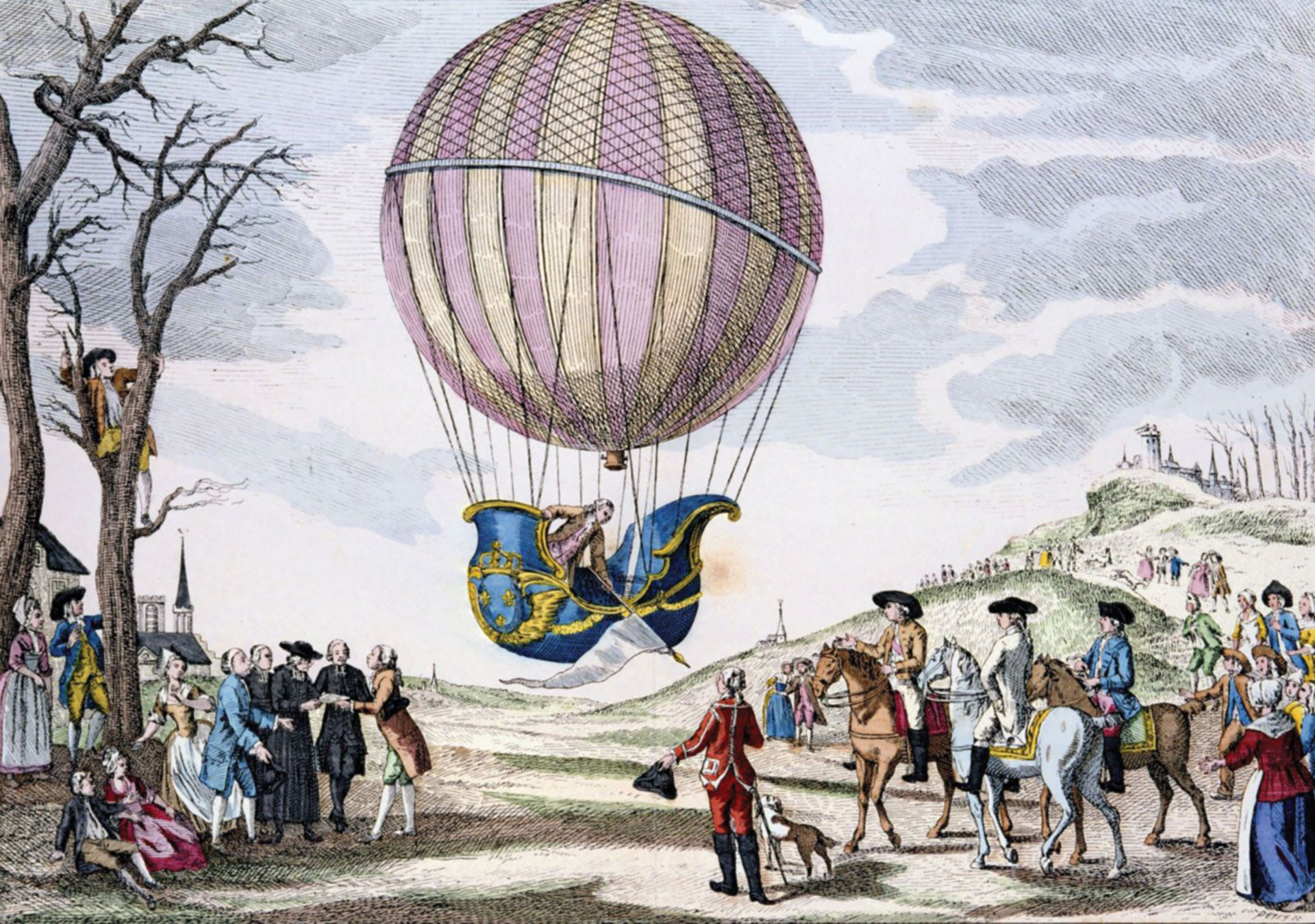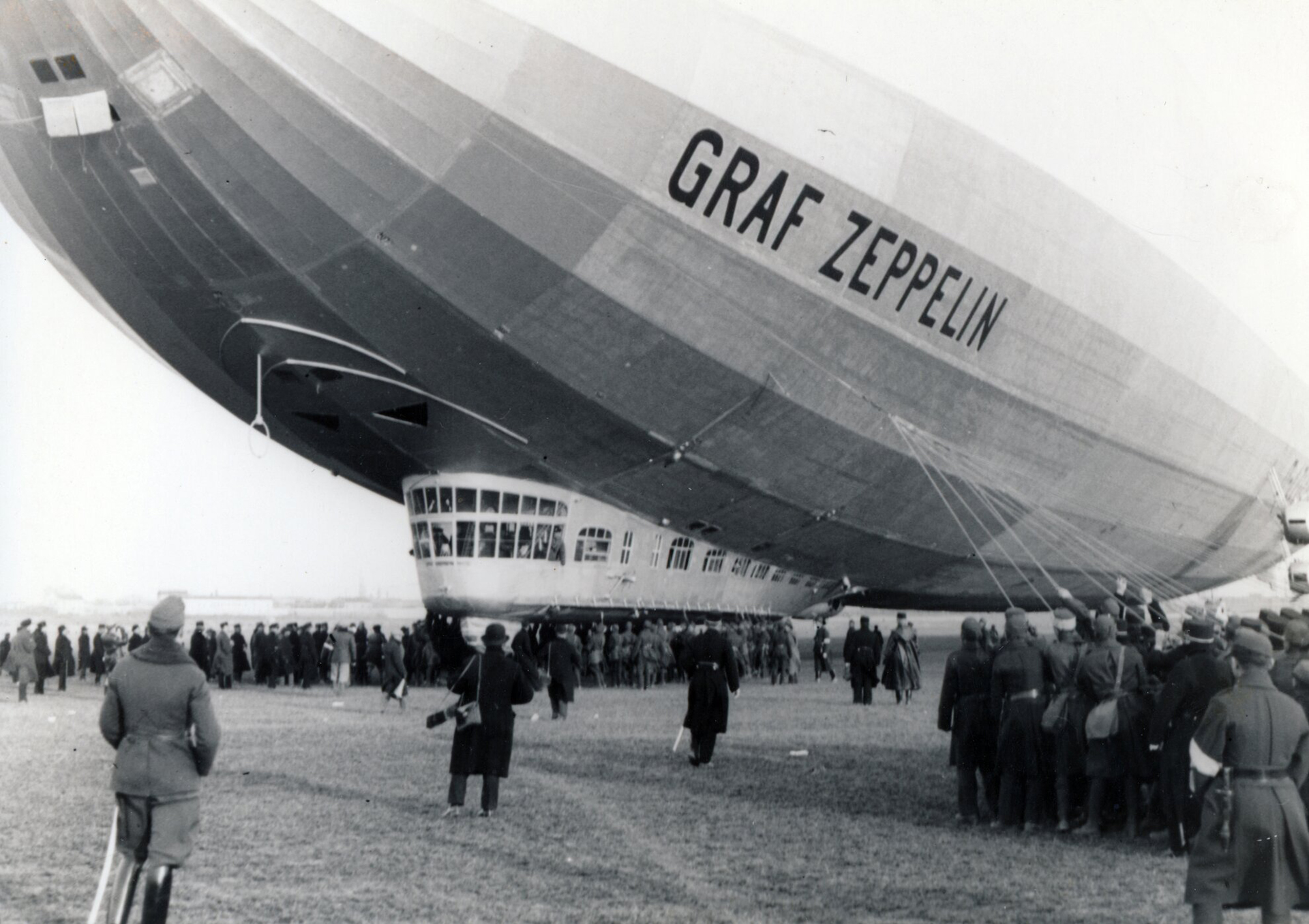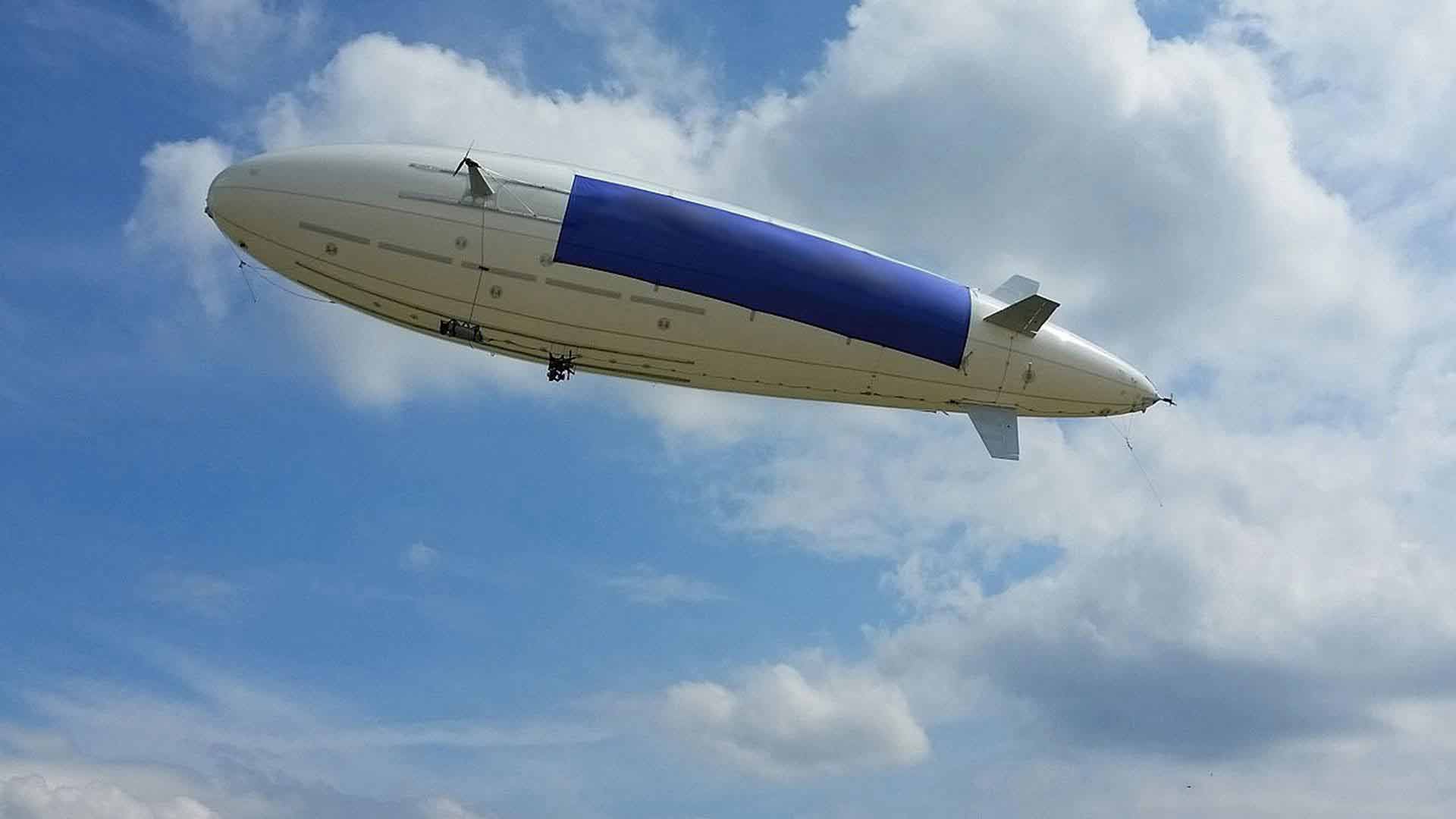Balloons & Airships - past, present and the future
Balloons, blimps, zeppelins, dirigibles...evolution of flying
Flying has been adored for centuries before the first functional object could lift itself and fly a considerable distance, from Icarus and Daedalus to DaVinci and many others who had a vision of man flying high up in the air. Early on, it was hard to construct a flying object which could successfully lift a pilot with potential cargo or other passengers. That is when balloons, as highly practical flying objects come into the picture. Balloons lift because the are buoyant, meaning that the total weight of the balloon is less than the weight of the air it displaces. The principle of buoyancy dates back to Archimedes who established it first. Jacques Charles was the man who invented the first hydrogen balloon back in the year of 1783. With the help of another enlightenment scholar, Nicolas Robert, they made the first untethered ascension with a balloon filled with hydrogen gas on December 1, 1783. Jacques Charles combined his expertise in making hydrogen with Nicolas Robert's new method of coating silk with rubber. The time Charlière hydrogen balloon spent in the air as well as the distance it travelled it was surely unprecedented. With its wicker gondola, netting, and valve-and-ballast system, it became the definitive form of the hydrogen balloon for the next 200 years. The audience in the Tuileries Gardens was reported as 400,000, half the population of Paris. Why was the hydrogen balloon a better option than the early hot air balloons? If the air cools the balloon descends. To keep it in the air the fire needed to burn constantly which was a hazardous practice with such technology in the 18th century. Hydrogen was therefore more practical and it provided phenomenal results. But, combining the two together leads to fatal results. The first people to die in a balloon were Pierre Romain and Pilatre de Rozier in the year of 1785, when they combined hydrogen and hot-air ballooning. Yet, the balloon frenzy was too strong in France at the time so the show went on.

Jean-Pierre Blanchard was the first man to cross the English Channel in 1785. He designed a hydrogen balloon with flapping devices in order to control its flight. He was accompanied by John Jeffries, a Boston physician, on the first flight over the English Channel which took about 2 and a half hours. John Jeffries later wrote that they sank so low crossing the English Channel that they threw everything overboard including most of their clothing, arriving safely on land "almost naked as the trees.” The early balloons had a great potential in lifting power but were difficult to navigate. In order to call a flying object an aircraft it had to be manageable. The first step was to change its shape and the source of propulsion. Credit for the construction of the first navigable full-sized airship goes to the French engineer, Henri Giffard, who, in 1852, attached a small, steam-powered engine to a huge propeller and chugged through the air for more than 27 kilometers at a top speed of eight kilometers per hour.

As the balloons became curvier with the purpose of gliding through air, the structure had to become more rigid in order to compete with atmospheric pressure. In 1900, German military officer, Ferdinand Zeppelin invented a rigid framed dirigible or airship that became known as the Zeppelin. Zeppelin flew the world's first untethered rigid airship, the LZ-1, on July 2, 1900, near Lake Constance in Germany, carrying five passengers. The cloth-covered dirigible, which was the prototype of many subsequent models, had an aluminum structure, seventeen hydrogen cells, and two 15-horsepower Daimler internal combustion engines, each turning two propellers. It was about 128 meters long and 11 meters in diameter. During its first flight, it flew about 6 kilometers in 17 minutes and reached an altitude of 400 meters. After the Hindenburg crash as well with the proliferation of the Second World War zeppelin production receded. Rigid and semi-rigid airship production became too expensive because of the huge costs it takes to build and run them. They're very expensive to build and very expensive to fly. Airships require a large amount of helium which can in todays currency cost up to $100,000.

It all lead up to modern blimps as we know them today and . They are easier to build and use, to maintain and control. The use is versatile because of the technology and materials we have today and the blimp future is bright. A new study, from scientists at the International Institute of Applied Systems Analysis (IIASA), Ladenburg, Austria and published in the Energy Conversion and Management, doesn't try to revive the glamour of transatlantic voyages in a Hindenburg manner. Instead, the scientists focus on the less-exciting, but more crucial, industry of cargo transportation. Airships could play a role in fighting global warming, they say. Thanks to the advent of new materials, airships have been considered around the globe for everything from broadband expansion to delivering humanitarian aid. And there's also been substantial research on solar-power based airships, considering that they could fly above the clouds. Modern zeppelins are held aloft by the inert gas helium, eliminating the danger of combustion illustrated by the Hindenburg. It has been proposed that modern zeppelins could be powered by hydrogen fuel cells. A fuel cell is the electrochemical cell that converts the chemical energy of a fuel (often hydrogen) and an oxidizing agent (often oxygen) into electricity through a pair of redox reactions. Fuel cells can produce electricity continuously for as long as fuel and oxygen are supplied, therefore hydrogen fuel cells are considered the future of airship practice, travel and transport.

Link: Outdoor RC Blimp 12m
Link: UniBlimp
More LTA thoughts coming soon....
Author: Aleksandar Mijatovic, CEO of Aero Drum Ltd
